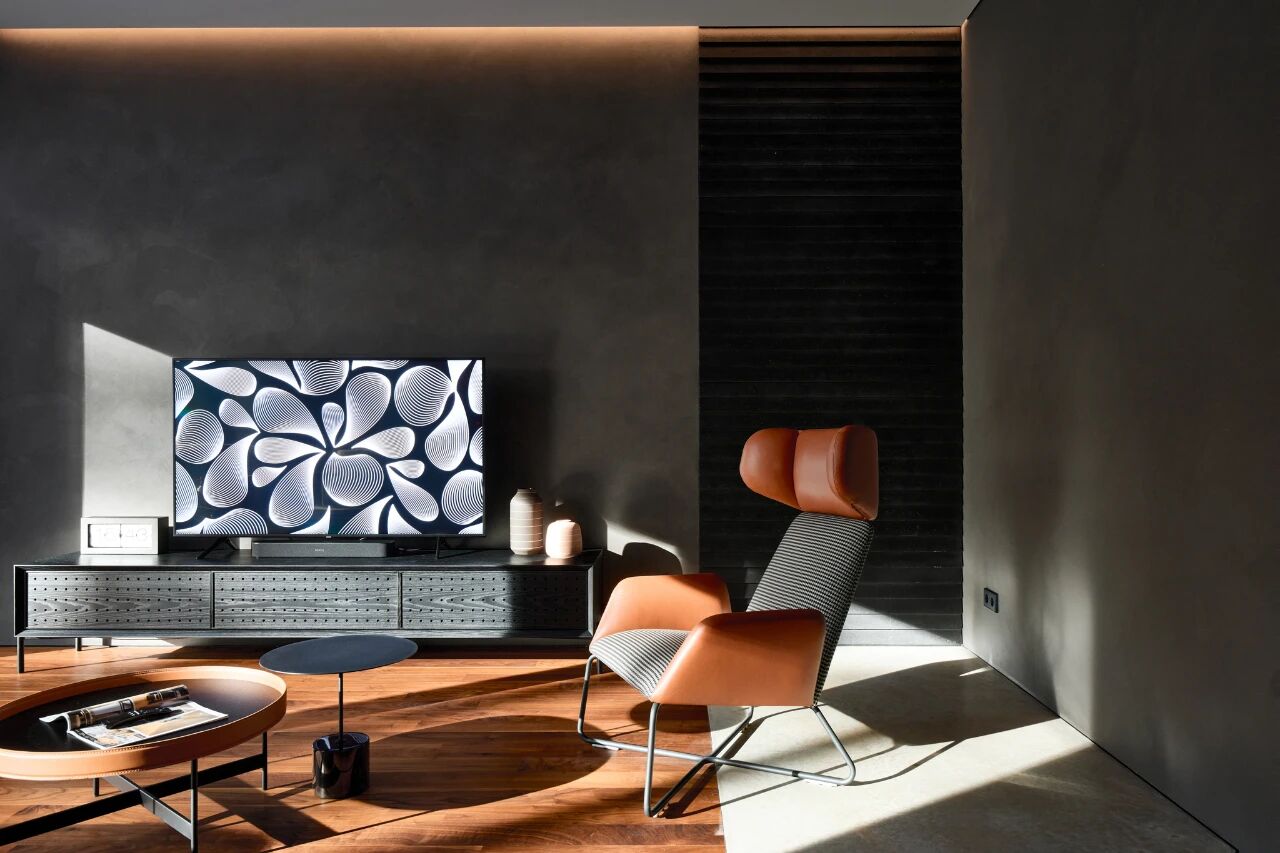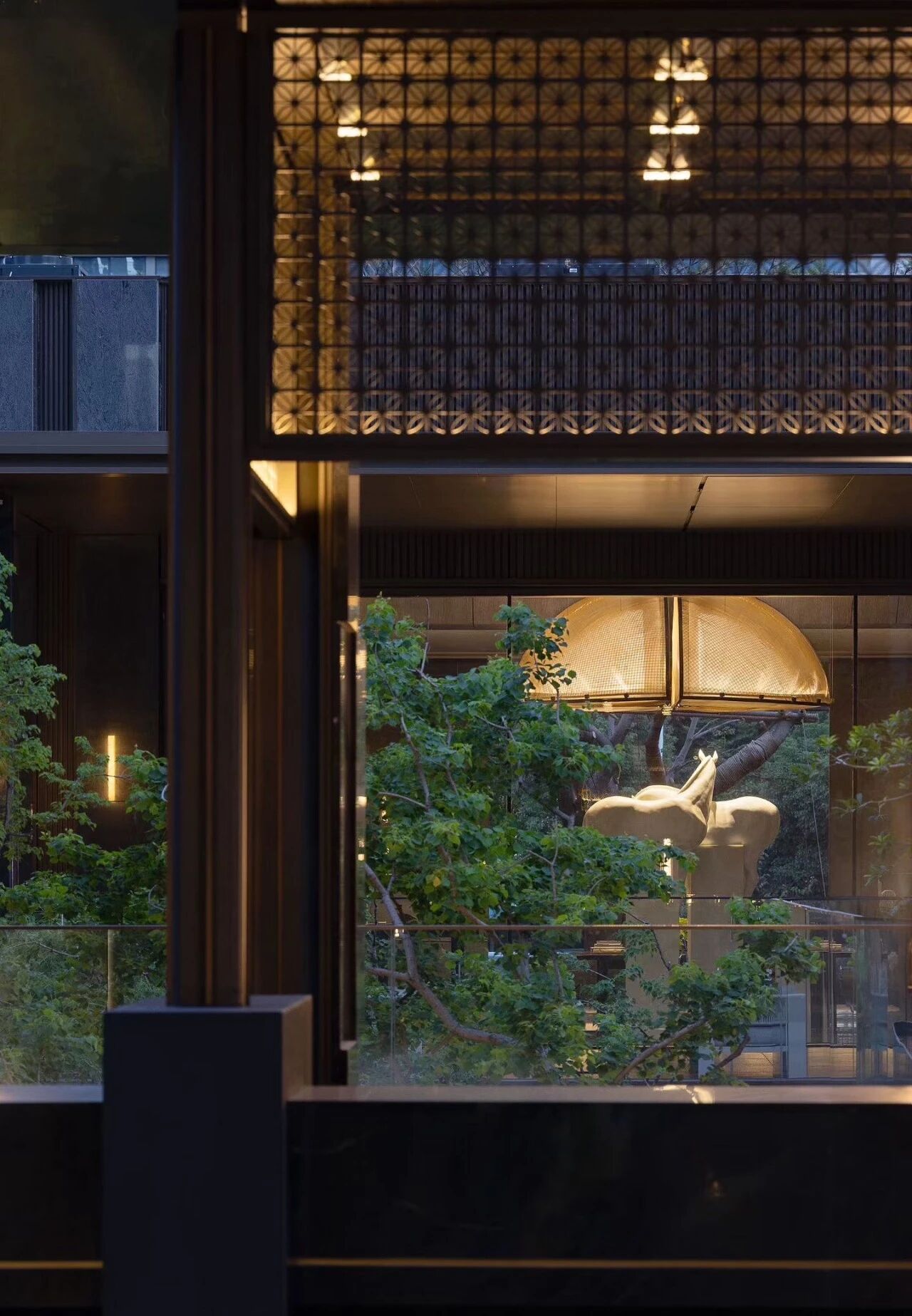Root Bench in Seoul Blurs the Boundaries Between Nature and Design
2019-03-14 14:32


Part public art sculpture, part public furniture, Root Bench in Hangang Art Park in Seoul, South Korea, not only defies categorization but it also blurs the boundaries between the man-made and the natural environment. Designed by local practice Yong Ju Lee Architecture, the installation appears as a network of tree roots that organically spread out over the park’s grassy terrain. Circular in shape, with a diameter of 30 metres, it consists of bifurcating, branch-like benches that gently rise and fall to create different heights for people to lean, sit, or lie down on, in a spectacular sculptural gesture that draws people to the park.
韩国首尔汉港艺术公园的公共雕塑、公共家具和根凳不仅无法归类,而且还模糊了人工和自然环境之间的界限。设计由当地实践永居李建筑,安装似乎是一个网络的树根,有机地分布在公园的长满草的地形上。圆形,直径30米,由分叉的树枝状长凳组成,它轻轻地上下起伏,为人们创造不同的高度,让人们可以靠在上面,坐下来,或躺在上面,这是一种壮观的雕塑姿态,吸引人们来到公园。


Photo by Kyungsub Shin.
Kunygsubshin的照片。


Photo by Kyungsub Shin.
Kunygsubshin的照片。


Photo by Kyungsub Shin.
Kunygsubshin的照片。


Photo by Kyungsub Shin.
Kunygsubshin的照片。


Photo by Kyungsub Shin.
Kunygsubshin的照片。


Photo by Kyungsub Shin.
Kunygsubshin的照片。


Photo by Kyungsub Shin.
Kunygsubshin的照片。
Yong Ju Lee’s design, which is based on the firm’s winning entry in the Hangang Art Competition, was facilitated by a computer algorithm that generated the bench’s complex three-dimensional geometry. Based on a ‘reaction-diffusion’ mathematical model, which usually calculates the temporal and spatial rate of diffusion that causes physical substances to spread out over a surface, the algorithm designed the installation’s unique radial form that rhythmically dissipates into the ground. Supported by a metal frame with concrete footing supports, the structure features wooden decking that serves both aesthetic and practical purposes. Comfortable to sit or lie on, the timber benches also harmoniously blend into the natural setting as if they organically grew there. Featuring three different heights, the wave-like surfaces provide seating for both children and adults as well as tables where park-goers can enjoy an impromptu picnic. At night, concealed lighting imbues the Root Bench with a mystical ambience and allows the public to use it safely after the sun has gone down, further underlining that, far from alienating us from the natural environment, new technologies can bring us closer.
李永柱的设计是基于该公司在邯钢艺术竞赛中的获奖作品,由一种计算机算法提供了便利,该算法生成了工作台复杂的三维几何图形。基于一个“反应扩散”的数学模型,该数学模型通常计算导致物理物质扩散到表面的时间和空间速度,该算法设计了装置独特的径向形式,使之有节奏地扩散到地面。该结构由带有具体基础支撑的金属框架支撑,具有木质装饰的特点,具有美观和实用的双重功能。舒适的坐着或躺在上面,木材长凳也和谐地融入自然环境,就像它们在那里有机地生长一样。具有三种不同的高度,波浪式表面提供了儿童和成人的座位,以及桌子,公园游客可以享受即兴野餐。晚上,隐秘的灯光让根的长凳上充满了神秘的氛围,让公众在太阳下山后安全地使用它,这进一步突显出,新技术不仅不会疏远我们的自然环境,反而会让我们更亲近。


Photo by Kyungsub Shin.
Kunygsubshin的照片。


Photo by Kyungsub Shin.
Kunygsubshin的照片。


Photo by Kyungsub Shin.
Kunygsubshin的照片。


Photo © Yong Ju Lee Architecture.
照片:永居丽建筑。


Photo © Yong Ju Lee Architecture.
照片:永居丽建筑。


Photo © Yong Ju Lee Architecture.
照片:永居丽建筑。


Photo by Kyungsub Shin.
Kunygsubshin的照片。


Photo by Kyungsub Shin.
Kunygsubshin的照片。


Photo by Kyungsub Shin.
Kunygsubshin的照片。


Photo by Kyungsub Shin.
Kunygsubshin的照片。


Photo by Kyungsub Shin.
Kunygsubshin的照片。
keywords:Design
关键词:设计
























